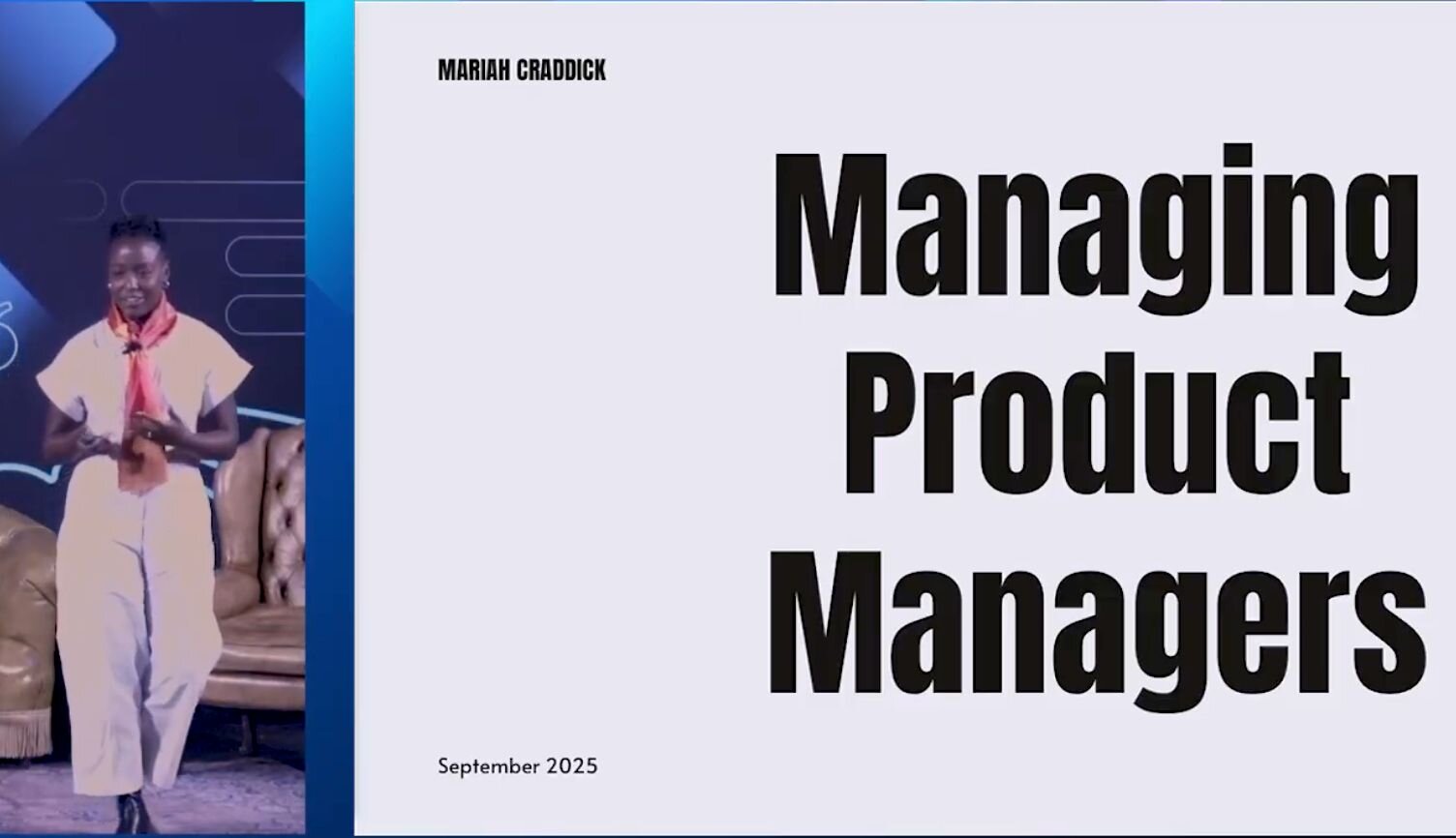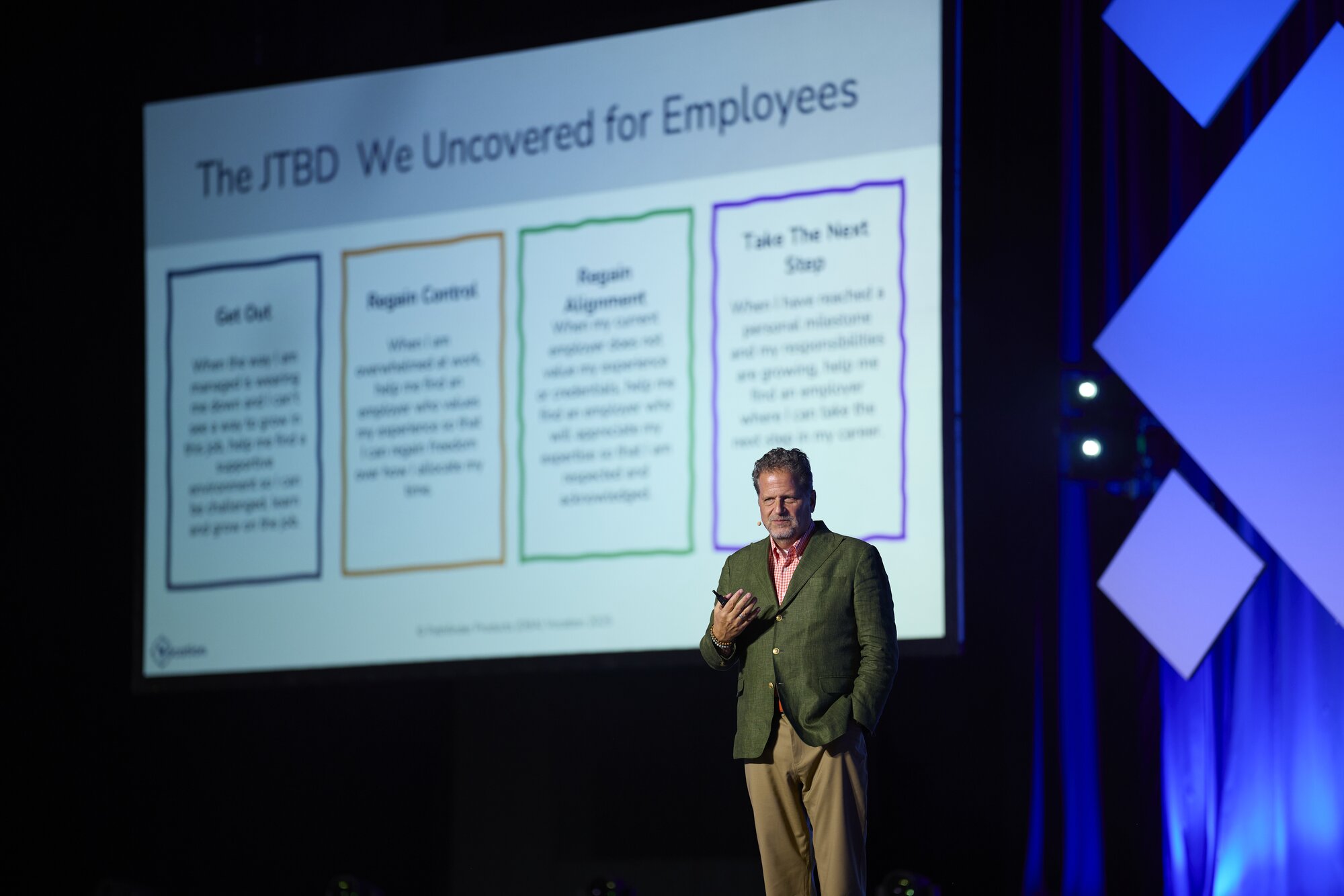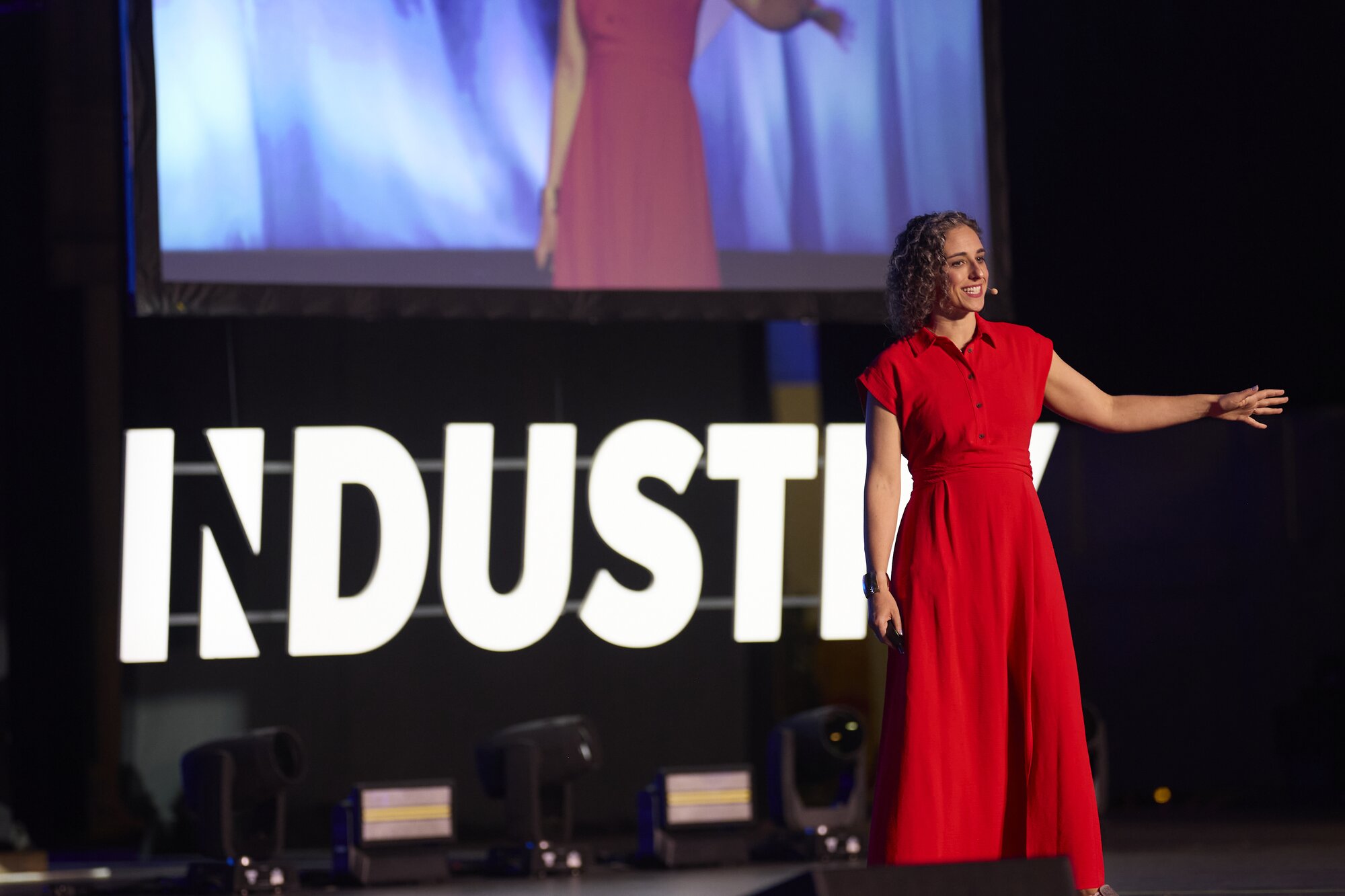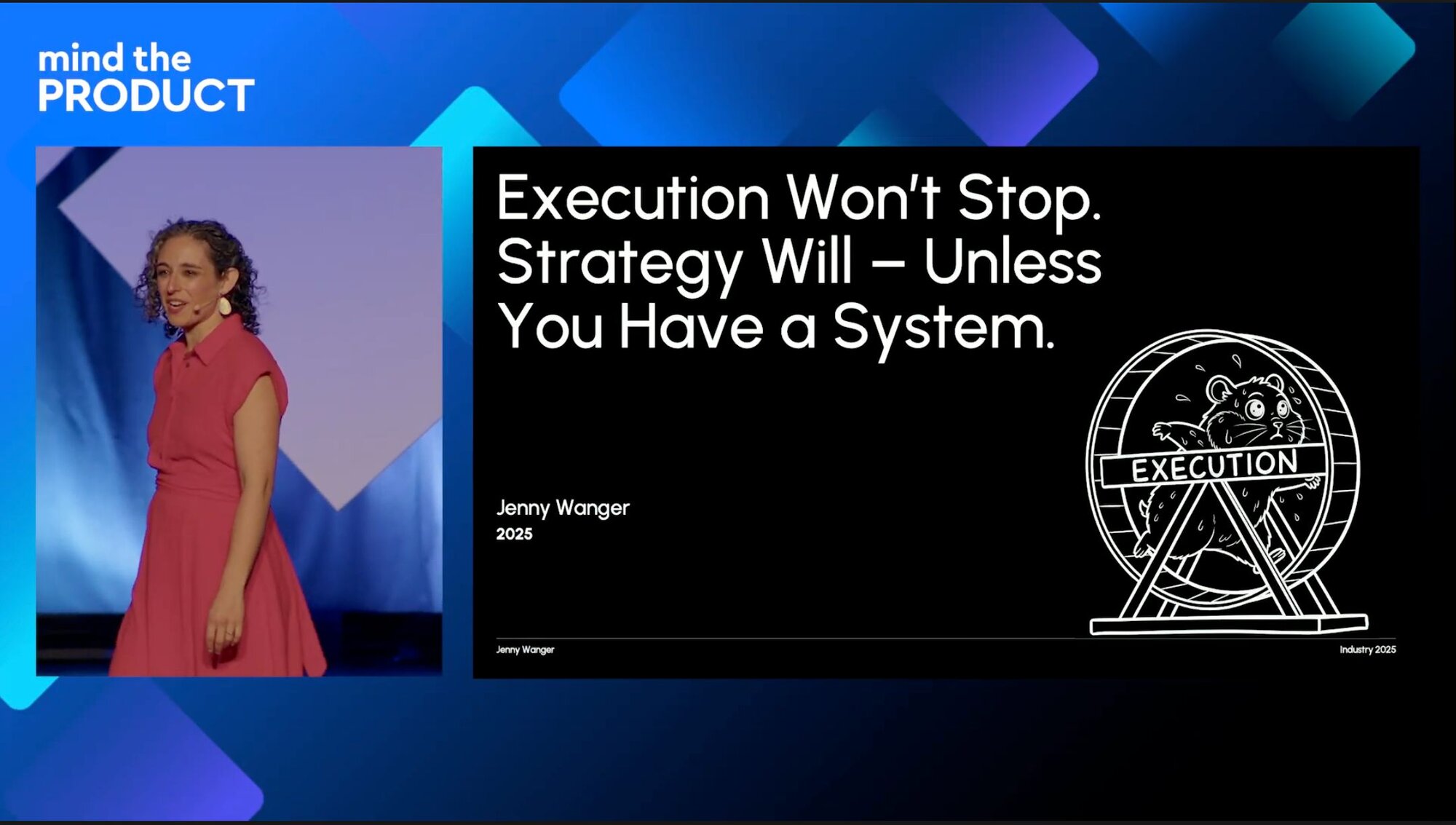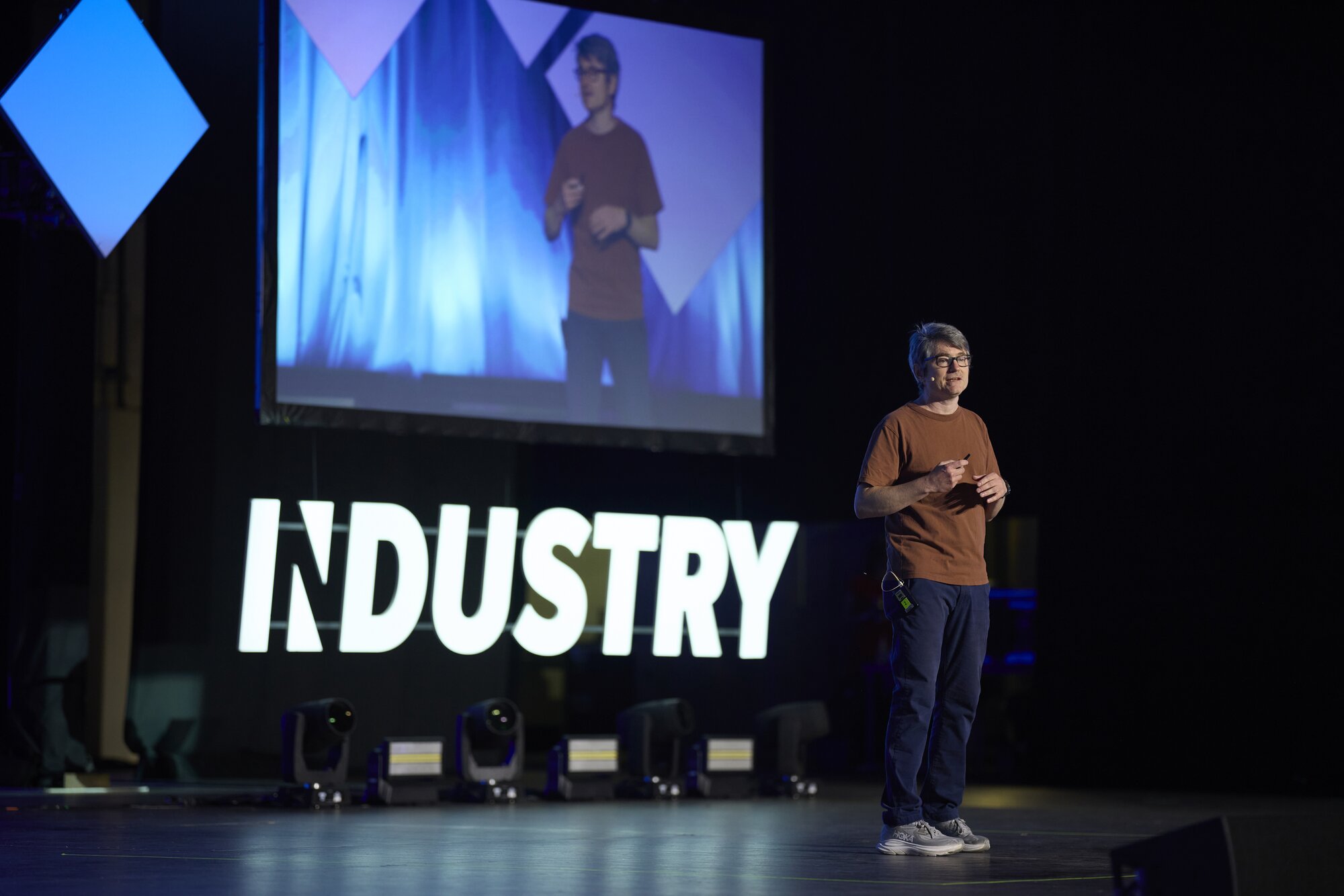In this #mtpcon Digital APAC keynote, Cameron Adams, Co-Founder and Chief Product Officer at Canva shares the strategic tools needed to understand and manage products through the various phases of an organisation’s growth.
Watch the talk in full or read on for the overview. Mind the Product members can also watch the recordings of all our #mtpcon Digital APAC talks here.
- Define your product philosophy
- Startup as a generalist product manager and prioritise the MVP
- Grow as an editorial product manager as your team scales
- Fight inertia with vision, and set crazy goals as you continue to mature
Acknowledging that there’s no “magic recipe” when it comes to building good products, Cameron begins by encouraging us to analyse our organisation’s size, as “the way you build products at a company of 20,000 people is fundamentally different to building a product with 5 people.”
What’s more, it’s important to assess whether your personal product practice aligns the business’s — something that led Cameron to move from a career at Google, and an engineering-focussed product approach, to work at Canva, where he found like-minded peers who shared his product “philosophy”.
Cameron’s view of how to achieve the perfect state of product building was, he says, grounded in three principals:
- Experience is everything — a product should understand and be built upon human experience — it should at times be, fun and emotive, not purely functional.
- Design and technology sit hand in hand — these fields are dependent upon and can complement one another. Bringing both together creates better products.
- Business isn’t optional — sustaining a viable business from startup onwards is essential to any kind of long-term success
Starting up
Says Cameron: “Startups have an amazing allure within the narrative of modern tech — the story of a small band of gung ho heroes, creating something from nothing is one that immediately captures the imagination.”
His two lessons for a successful startup stage are:
- Short Circuit — Startups require a product generalist — someone to bridge the gap between ideas and the reality “without needing an entire team of people around them.”
- The MVP — Delivering an MVP, says Cameron, is a balancing act between engineering design and business. “The game is to see how well you can use your resources to figure out all the questions you have”. Building a startup with a diverse and skilled minimum viable personnel will allow you to leapfrog to the important answers.
Growing
Next Cameron describes how when you have a brilliant idea for a product, there's often the feeling that "if you build it, they will come”. The reality is you have to create your community. Manually building relationships, driving users to your product, before hopefully, seeing the rewards with organic growth.
He offers Two learnings to take to the growth stage:
- Be an editor — Product Managers must become editors of the product, distilling thousands of opinions into actionable decisions and understanding there is no singular author of a product, but always keeping the company’s end goals in mind.
- Scale the team — “As your customer base grows, so too does everything else about your company, the number of employees, the number of teams, the number of JIRA tickets and the number of stand-ups.” A flexible structure is key and teams must be highly adaptable, however challenging.
Product Managers are in “a unique position to influence the morale and direction of a team because of the cross-disciplinary nature of their work. A well functioning team has a high degree of trust and security and it takes time to build those bonds amongst a group of people who are newly formed."
Maturing
Cameron describes how, as the organisation grows, there will come a time when you realise you're not just a small group sitting around a table aymore. As a business matures there needs to be a focus on the systems that can drive product development at this scale.
Here are two important requirements:
- Fight inertia — Consistency and safety can become a trap as the world around us changes, it’s important to be ready to break things. Cameron recommends investing in vision, encouraging product teams to think about their work a century away. “We found that having well-articulated and visualised pictures of the future is the best way of getting people to think big and keep pushing."
- Set crazy big goals — Ambitious targets will lead to innovation, and while it may seem an easy task, Cameron explains how there’s “an art to it”. You need “a vision of some change you want to see in the world, something that you really believe in.” You don’t need all the answers, as iteration and learning are tools, and the team around you which will take you there.
How do you Product?
Cameron closes his keynote by asking us to consider our own positions as product people, “Are you starting, growing, or maturing? Because you'll need different tools at different times in different places. I hope that today I've given you a couple of new tools to explore whatever part of the product journey that you're on.”
Explore more on Product Development and Growth or use our Content A-Z to find even more product management content.
Access more #mtpcon Digital APAC content
As a Mind the Product member you can access ALL of the keynote AND session videos from #mtpcon Digital APAC 2021 in our #mtpcon Digital APAC video library.


